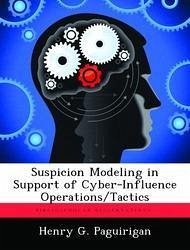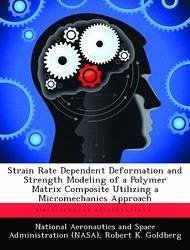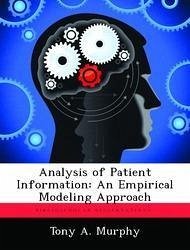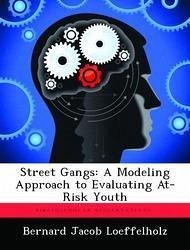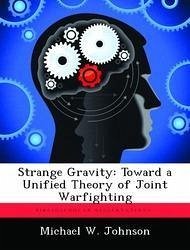Nicht lieferbar
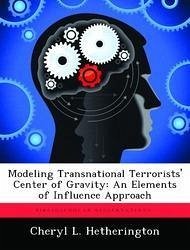
Modeling Transnational Terrorists' Center of Gravity: An Elements of Influence Approach
Versandkostenfrei!
Nicht lieferbar
Since the September 11th terrorist attack, there has been an increased emphasis on understanding and modeling terroristsgroups. While several efforts have focused on identifying transnational terrorists' centers of gravity (COGs), most of theseefforts have proposed COGs using a traditional nation-state paradigm. In today's "global village", terrorist groups are nolonger limited by locality and national boundaries. With the increasing threats from transnational terrorist groups, newparadigms and models are necessary to properly analyze today's, and tomorrow's, conflict. Analysis should be based...
Since the September 11th terrorist attack, there has been an increased emphasis on understanding and modeling terroristsgroups. While several efforts have focused on identifying transnational terrorists' centers of gravity (COGs), most of theseefforts have proposed COGs using a traditional nation-state paradigm. In today's "global village", terrorist groups are nolonger limited by locality and national boundaries. With the increasing threats from transnational terrorist groups, newparadigms and models are necessary to properly analyze today's, and tomorrow's, conflict. Analysis should be based on theidentified and quantified transnational terrorists' COGs and their associated interactions. Unfortunately, not all of thetransnational terrorists' COGs and their interconnected cause and effect relationships are fully known or understood. This work has been selected by scholars as being culturally important, and is part of the knowledge base of civilization as we know it. This work was reproduced from the original artifact, and remains as true to the original work as possible. Therefore, you will see the original copyright references, library stamps (as most of these works have been housed in our most important libraries around the world), and other notations in the work. This work is in the public domain in the United States of America, and possibly other nations. Within the United States, you may freely copy and distribute this work, as no entity (individual or corporate) has a copyright on the body of the work. As a reproduction of a historical artifact, this work may contain missing or blurred pages, poor pictures, errant marks, etc. Scholars believe, and we concur, that this work is important enough to be preserved, reproduced, and made generally available to the public. We appreciate your support of the preservation process, and thank you for being an important part of keeping this knowledge alive and relevant.






